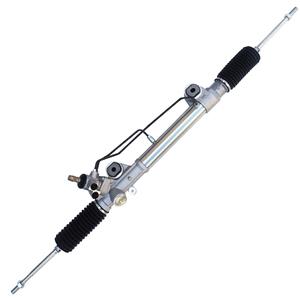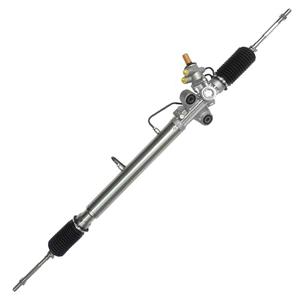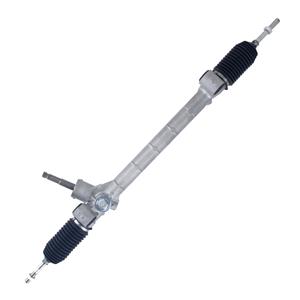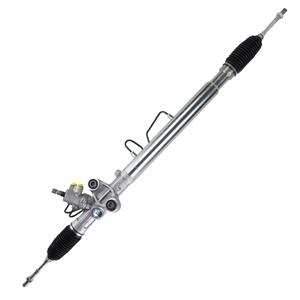-
After turning off the power, it is recommended to wait a few minutes to ensure that the electric steering system is completely powered off. This step is critical to the smooth progress of the reset process and ensure that the electronic control unit (ECU) inside the system no longer retains any cache or error codes.
-
Hydraulic steering systems require a higher maintenance frequency, so the failure rate may be higher if they are used for a long time or are not properly maintained. Electric steering systems rely on electronic components, which have a lower failure rate, but are more difficult and costly to repair.
-
2611-2024
Hydraulic Steering System Vs. Electric Steering System: Which One Is More Expensive to Repair?
The repair cost of hydraulic steering system is generally higher, especially when it comes to repairing hydraulic pumps, hydraulic cylinders or steering valves. Because hydraulic systems rely on multiple mechanical and hydraulic components, the cost of repairing and replacing these components can increase significantly.
-
One of the biggest advantages of hydraulic power steering systems is its steering feedback. During driving, the hydraulic system can provide more road feeling information through the steering wheel, allowing the driver to clearly perceive the changes in the road surface and the status of the vehicle.
-
Hydraulic power steering systems require oil because hydraulic oil is the primary medium of energy transfer. In this system, the pressure generated by the hydraulic pump needs to be transmitted through hydraulic oil.




